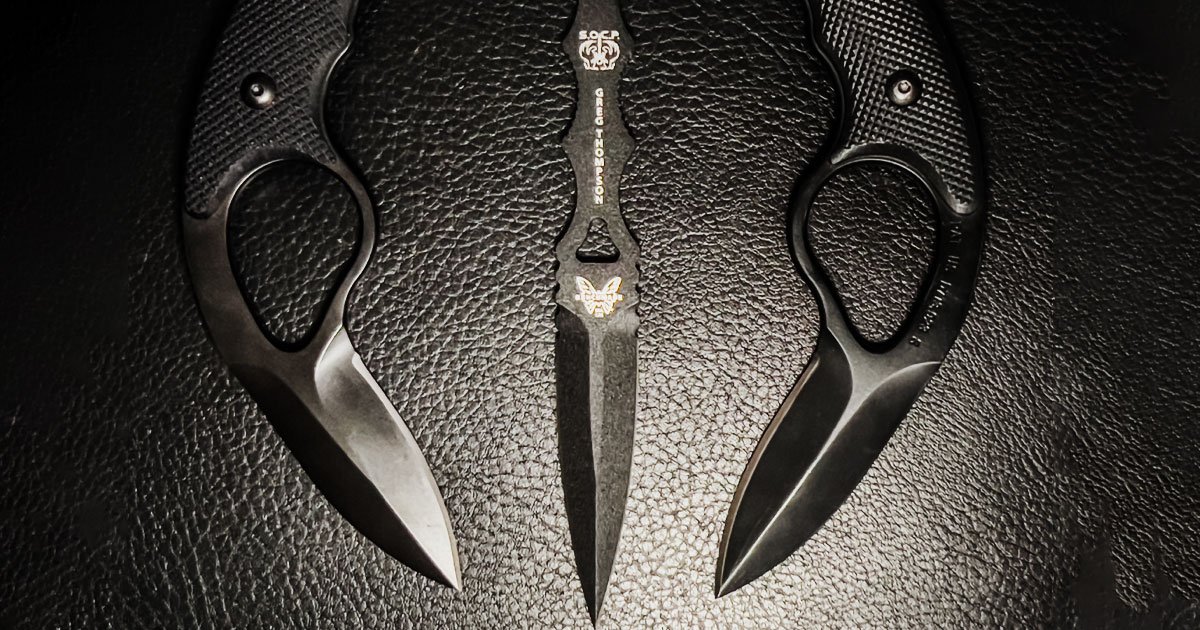
If you are considering applying for the KCPD, then you have a few options when it comes to selecting a training program. There are three options: Professional training, Drivers training and Recruit training. Here are some key features for each program. Read on to discover how each program can benefit you. Here are some tips to help you get the most from your training.
Recruit training
Interested applicants must complete a polygraph examination and a pre-employment interview to qualify for recruit training at the Kansas City Police Academy. You must also possess a high school diploma, or GED, and you must be 21 years of age. In addition, applicants must meet the age requirements for being a citizen of the United States and a resident of Kansas City at the time of hire. All applicants must be physically, mentally, and legally fit. After completing the training, they are eligible to become a sworn KCPD police officer.
The Kansas City Police Academy's 174th class is currently preparing for their field. The Missouri Department of Public Safety has certified the academy's Peace Officer Standards and Training program. They have also a background in law enforcement, and have had extensive real-life experience. The Academy recruit training requires dedication and commitment to the profession.

Professional training
The Kansas City Police Department provides professional training in a number of fields, including criminal investigations and patrol. The Kansas City Police Department offers many advancement opportunities, and officers start their careers on patrol. Special units include sex crimes, domestic violence, crimes against children, gang violence, and vehicular crimes. Regular trainings are offered to the public. Women might want to enroll in the Women Safety Seminar.
The Missouri Department of Public Safety has certified the academy's instructors through its Peace Officer Standards and Training program. This program is designed to provide officers with the necessary qualifications to be law enforcement officers. To be eligible for the academy, applicants must submit a request to a law enforcement agency. Non-POST applicants are eligible to be employed in full by a police force between the beginning of the Academy and their field training.
Drivers training
During their first year at the police academy, new recruits to KCPD must complete 40 hours of driver instruction. This includes classroom instruction, supervised driving and road supervision. PAL instructors can also give information to students about vehicle registration and how to get insurance. The academy is strongly committed to driver training. It hopes that some of its student pilots will go on to the police force. But how can new recruits make the most of the experience? Let's look at some ways to make driving training at the KCPD a positive experience.
The Kansas City Police Department operates the academy. The academy provides continuing education classes, driver training, firearms training and traffic safety courses. These classes are open to all personnel, including those not employed by the KCPD. Non-KCPD personnel may be trained at the academy for a fee. Over 1,100 non KCPD members attended classes during fiscal year 2013. The academy also lets its facilities out to agencies other than the KCPD, such as Jackson County Department of Corrections. The Platte County Sheriff's Department has Postal Inspectors OIG.

Leadership academy
The Leadership Academy at Kansas City Police Department teaches officers the skills and attributes that are necessary to become a great leader. Participants are taught how to lead others and communicate effectively with them. They also gain valuable insights into the workings of the law enforcement industry. Participants also participate in a series practical exercises that help them to become better police officers. Six common calls for service are also taught at the academy.
Arbinger and others are leading thinkers who lead the workshop at Kansas City Police Department. FOP members, as well as heads of KCPD departments, are some of the participants. There are also some neutral participants. The workshop begins out hostile but soon becomes a welcoming environment. Participants stated that they gained a lot of knowledge from the program and are eager to use it in their own work. Ultimately, the workshop helped to improve officer morale, motivation, and productivity. It helped improve the relationships between community members.
FAQ
What are some easy self-defense moves?
Self-defense methods include punches. You might also consider grappling like judo or jujitsu and karate, as well as taekwondo.
For protection against an attacker who would like to harm you, self-defense techniques are available.
They can also serve to defend yourself against someone who is attacking you.
There are many ways you can practice self-defense. You should choose the one that best suits you.
Do stun guns hurt people?
It's not true. Stun guns work by injecting a small amount into the skin.
This doesn't cause permanent damage.
Are there any legal requirements to own a stungun?
You may need to show proof that you have been trained before you can purchase a stungun in some states.
Some states require that you register your stun gun with police.
Other states require that you notify law enforcement authorities whenever you move.
Which is the best method of self-defense?
A woman should always have pepper spray on her person. It is important to have pepper spray on you in case you are attacked by someone greater than yourself. It could save your own life.
Women should also learn how effective kicks are. Kicking is a great way of protecting yourself against attackers.
What does an attacker do with a stun gun?
Stun guns use electricity to incapacitate people. The stun gun causes muscle contractions that stop them moving. They become unable or unwilling to fight back.
Stun guns are most effective when used in the neck and head areas.
The most common way to use a stun gun is to shoot at the person's body part until they fall unconscious.
To scare away attackers, stun gun can also emit high pitched sounds. These stun guns can be called TASERs.
Statistics
- Some people walk into a gym thinking they are going to become the best by training whenever they like and not putting 100% effort in. (budodragon.com)
- Boxers aren't allowed to fight in a clinch, which is a position that occurs in 80% of the streetfights. (mmaclan.com)
- Verbal harassment was the most common form, but 51 percent of women said they were touched or groped in an unwelcome way, while 27 percent of women survived sexual assault. (healthline.com)
- The Rape, Abuse & Incest National Network reports that 70 percent of sexual violence cases aren't committed by random strangers in a dark alley but by people we know: friends, family, partners, co-workers, etc. (healthline.com)
External Links
How To
Which kind of self-defense do I need to learn?
Self-defense covers many options. There are many different kinds of self-defense that you can learn. These are some of the most well-known:
-
Boxing – Boxing can be used for self-defense. It trains you to fight using your hands. Many people believe that only men can box. However, women can learn to box. You can learn boxing from women using a variety methods including private lessons and gyms as well as online courses.
-
Wrestling - Many people believe that wrestling isn't a real sport, but it actually is. It was once America’s national pastime. Women can learn wrestling through private lessons, gyms, and online courses.
-
Jujitsu - Jujitsu is another popular martial art that teaches you how to defend yourself using your body weight. It is easy to learn, and it improves balance and coordination.
-
Kickboxing: Kickboxing uses kicks and not punches, like Muay Thai. Like Muay Thai, it's a full-contact combat sport that requires no rules. Because it is easy to learn, it's a great choice for beginners.
-
Tae Kwon Do - TKD is a Korean martial art that combines elements of karate, taekwondo, and jujitsu. This is a great option for people who are interested in learning self-defense and not worrying about hurting their opponents.
-
Mixed Martial Arts - MMA combines many different martial arts. It is a combination of Judo and Brazilian Jiu Jitsu as well as Judo, Boxing Wrestling and Wrestling. It's one of the fastest growing sports today because it's so effective.
-
Karate: Karate is a Japanese Martial Art that focuses primarily on kicking techniques. It's been around for hundreds of years and has evolved over time. Today, there are many styles and methods of karate.
-
Knife Fighting: Knives are extremely useful for defending yourself. It's not necessary to be near your attacker in order for you to stab them. It is enough to be able to use a knife defensively.
-
Pepper Spray- Pepper spray can be used as a non-lethal weapon to help you escape from attacks or stop them from beginning. However, pepper spray is not recommended for attackers. They are more likely to be burned.
-
Firearms – Shooting an attacker is the last resort. This is usually done by trained civilians or law enforcement officers.
-
Self-Defense Classes - A self-defense class is a good way to learn all of these skills in a single place. They typically cover everything from grappling to shooting.
-
Combative Sports – Another option is to participate in combative sports such as mixed martial arts fighting, kickboxing or amateur wrestling. These sports require a lot of practice and discipline. They also teach you how to protect your self.
-
Martial Arts Schools. If you're serious in learning how to defend your self, then go to school that teaches martial art. Some schools offer classes that also include weapons.
-
Online Courses – There are many resources that you can also access for free. 15) Books - Some books might be of assistance. Alan Peppard's book "The Complete Idiot's Guide To Self Protection" covers all the topics.
-
Begin with what you know - Before learning something new, be sure to first master the things you already know. By doing so, you can avoid making mistakes that could cause you harm.
I think I might give self-defense a try. I've always wanted to learn how to fight but was never interested in actually doing it. Now that I am older, it is time to take better care of me and stop relying on others.
I've decided that I will start slowly and see what happens. I am thinking about joining the local gym to get started with weight training and such. I'm still considering whether I should get a gun.